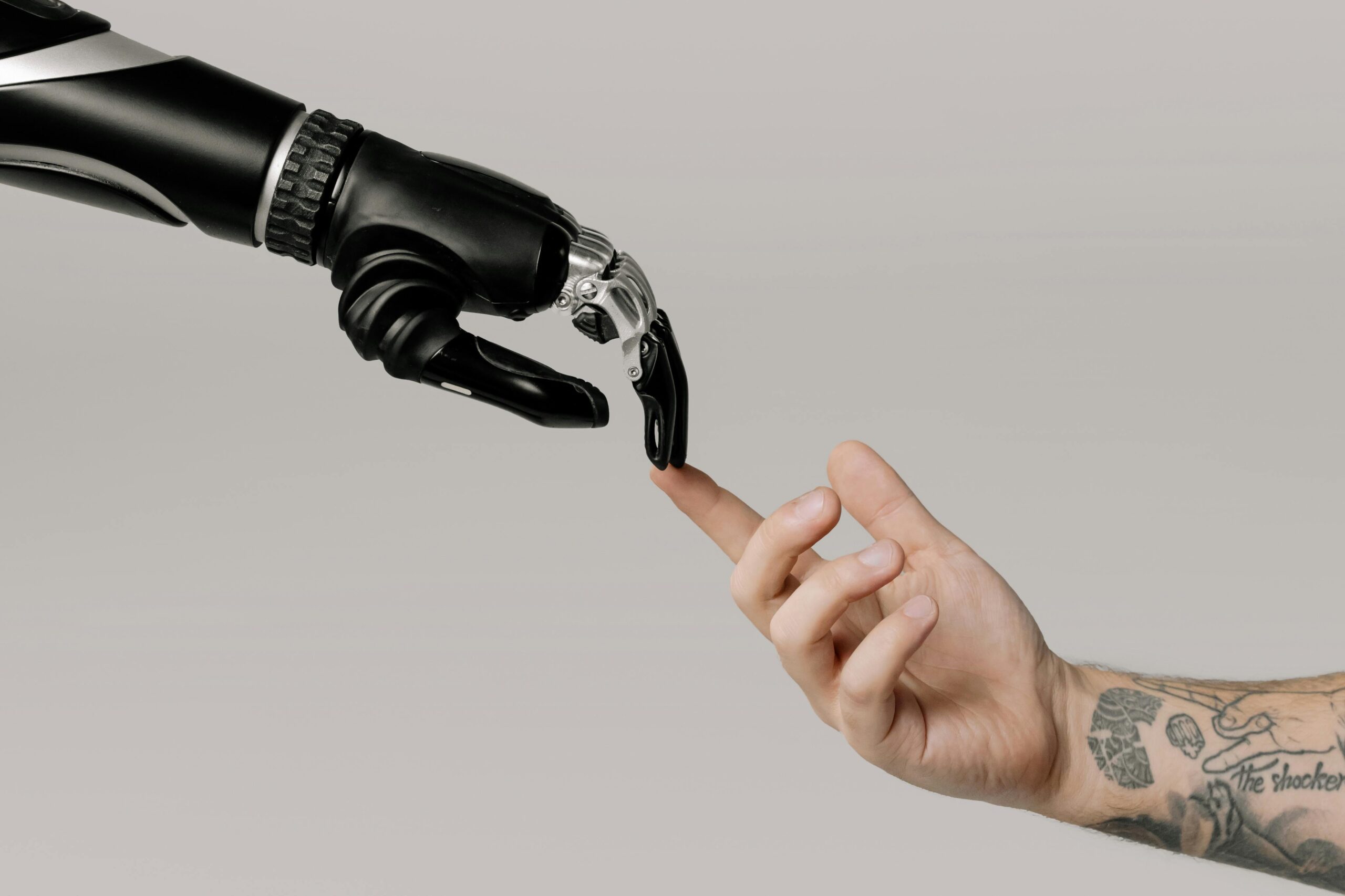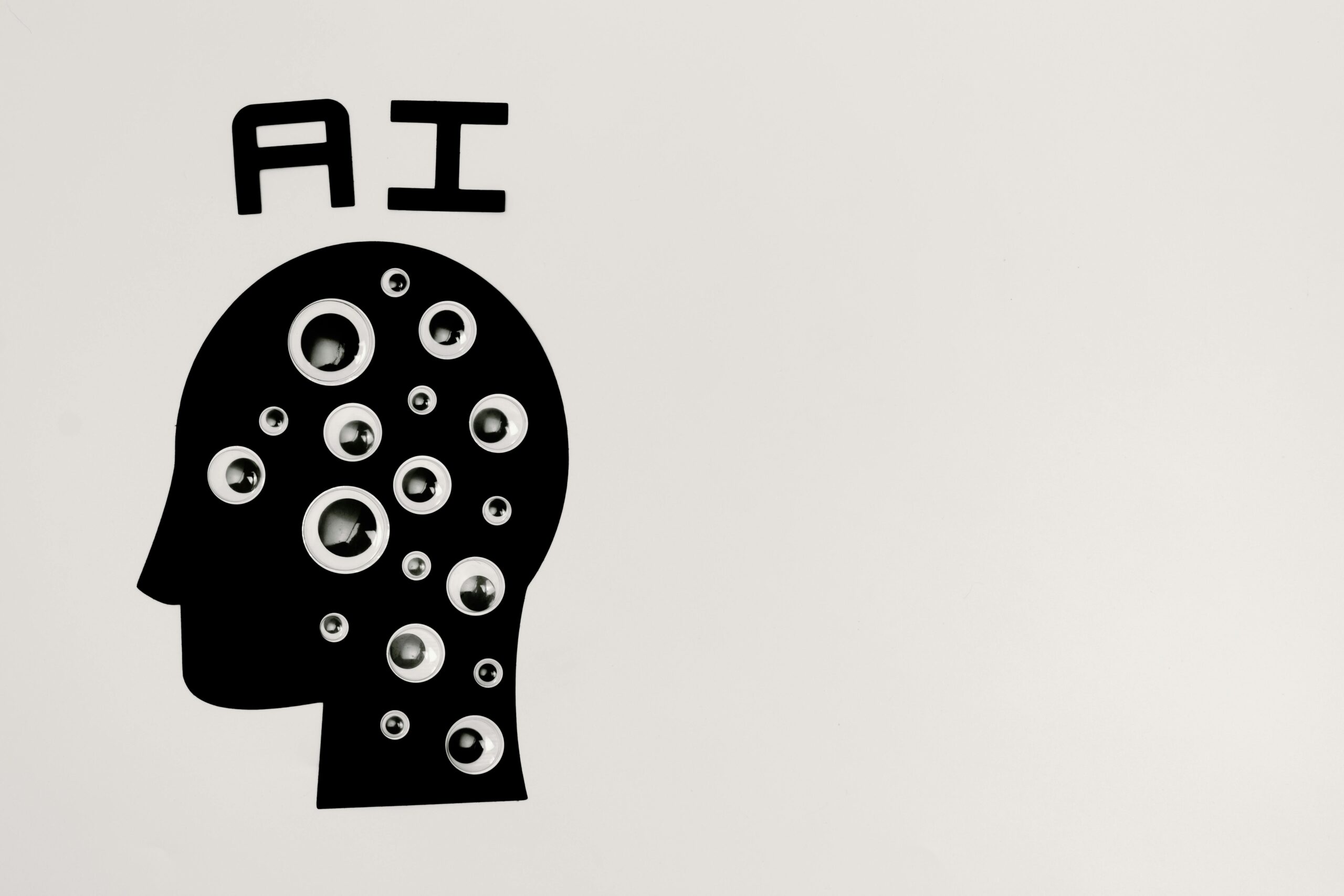Why AI is the Prescription for a Healthcare System Under Pressure
The healthcare sectors in the United States and the United Kingdom are experiencing unprecedented operational and financial stress. Central to this strain is an aging population, a demographic shift which acts as both cause and consequence of the deepening healthcare crisis. With more elderly individuals requiring complex, sustained medical care, and fewer healthcare professionals available as they themselves age out of the workforce, the pressure on systems is immense. This dynamic necessitates innovation and efficiency improvements that only modern technology—especially artificial intelligence (AI)—can offer.
Aging Populations and Workforce Pressure
Aging populations are a critical factor driving the current healthcare crisis. As life expectancy increases, both the US and UK face the reality of managing larger groups of elderly patients who typically require more frequent and complex care. Concurrently, healthcare providers themselves are aging, contributing to the growing workforce shortages as they retire or reduce their working hours.
In the US, the healthcare workforce gap is alarming: projections indicate a deficit of 122,000 physicians by 2032 and an annual demand for 200,000 new nurses. Similarly, the NHS in England currently grapples with over 112,000 vacancies. This shrinking workforce capacity significantly elevates the risk of burnout among remaining staff, which already affects approximately 40% of US physicians.
These shortages trigger operational inefficiencies, notably in patient scheduling and triage processes. The result is increased administrative costs—administration alone consumes roughly 25% of US hospital spending—and overcrowded emergency departments, undermining patient safety and inflating healthcare expenditures.
AI and Healthcare Transformation
Artificial intelligence stands out as a vital tool to alleviate this healthcare crisis. It facilitates the automation of routine tasks, optimizes resource management, enhances diagnostic accuracy, and improves communication across care teams.
Workforce Scheduling Optimization
Healthcare workforce management is becoming increasingly sophisticated through AI. Traditional staffing methods are reactive, often resulting in understaffing, inefficiencies, and reliance on costly temporary workers. In contrast, AI-driven workforce scheduling uses predictive analytics to forecast staffing needs accurately, allocate resources more effectively, and enhance staff satisfaction and well-being, directly addressing workforce shortages and reducing burnout.
Streamlining Administrative Processes
A significant contributor to healthcare inefficiency is administrative overhead—tasks such as billing, insurance processing, documentation, and compliance. AI technologies, including robotic process automation (RPA), AI-powered medical scribes, and intelligent revenue cycle management tools, significantly reduce manual administrative burdens. By automating documentation, for instance, clinicians can dedicate more time to patient care, improving clinical outcomes and job satisfaction.
Enhancing Patient Triage
Patient triage remains one of the most critical yet error-prone areas in healthcare delivery, heavily reliant on human judgment. Traditional nurse-led triage accuracy ranges between 56%-73%, and mistakes directly correlate with preventable harm. AI-powered triage systems employing natural language processing (NLP), symptom analysis, and intelligent routing offer substantial improvements. These tools have demonstrated cost reductions up to 37%, significantly minimizing patient wait times, enhancing safety, and improving clinical resource allocation.
Improving Patient Scheduling
Patient scheduling inefficiencies create substantial economic and clinical challenges. No-shows alone cost US healthcare approximately $150 billion annually, while the NHS loses up to £1.2 billion each year. AI-driven scheduling solutions tackle these issues by optimizing appointment management, predicting no-shows, and improving patient engagement. These systems reduce administrative load, increase clinician utilization, and ensure patients receive timely care, significantly improving both operational efficiency and patient satisfaction.
Clinical Decision Support (CDS)
Effective CDS systems integrate seamlessly into electronic health records (EHR), providing timely, context-specific clinical insights that improve patient safety and reduce costs. AI-enhanced CDS solutions significantly reduce adverse drug events, streamline clinical workflows, and increase adherence to clinical guidelines. When optimized, these systems can reduce hospital readmissions by up to 25% and offer a return on investment ranging from 124% to 187% over three years.
Pharmacy and Medication Management
Medication management inefficiencies represent another major healthcare challenge. Medication errors lead to over 1.5 million patient harms annually in the US and significant clinical errors in the NHS. AI-driven pharmacy management systems streamline e-prescriptions, automate dispensing processes, and improve medication adherence through predictive analytics. These integrated systems ensure seamless communication between pharmacists, clinicians, and patients, reducing errors and associated costs significantly.
Population Health and Chronic Disease Management
Population Health Management (PHM) and Chronic Disease Management (CDM) are fundamental for reducing long-term healthcare costs and improving patient outcomes. Chronic conditions are responsible for the majority of healthcare expenditures, making effective management critical. AI-powered data integration platforms enable proactive risk stratification and targeted interventions, addressing structural inefficiencies and health inequalities within both healthcare systems.
Medical Technology Management
Ineffective management of medical technology leads to increased costs, equipment downtime, and delayed patient care. AI-driven predictive maintenance tools optimize equipment use, reduce downtime, enhance compliance documentation, and extend device lifecycles. Real-time asset tracking systems ensure efficient resource allocation, minimizing operational disruptions and unnecessary expenditures.
Conclusion
The healthcare crises in both the US and UK, amplified by aging populations and workforce shortages, demand immediate and innovative solutions. Artificial intelligence is not just an enhancement; it has become a necessity to ensure sustainability and improve healthcare delivery quality. AI’s transformative potential—streamlining administrative tasks, optimizing workforce management, improving patient triage and scheduling, enabling effective chronic disease management, and enhancing clinical decision support—offers tangible pathways to better patient outcomes, reduced clinician burnout, and significant financial savings. As healthcare systems continue to evolve, integrating AI into everyday operations is essential for achieving both immediate relief and long-term resilience.
Next Steps
Healthcare organizations looking to harness AI for transformative change should begin by identifying their most pressing operational pain points and exploring tailored AI solutions to address them. To determine how AI can specifically benefit your organization and understand the best implementation strategies, consider seeking expert guidance. gravity9 specializes in AI-driven digital transformation for healthcare organizations. Book a free consultation with a member of the gravity9 team today to discover how AI can enhance your healthcare operations, improve efficiency, and ultimately deliver better patient outcomes.




